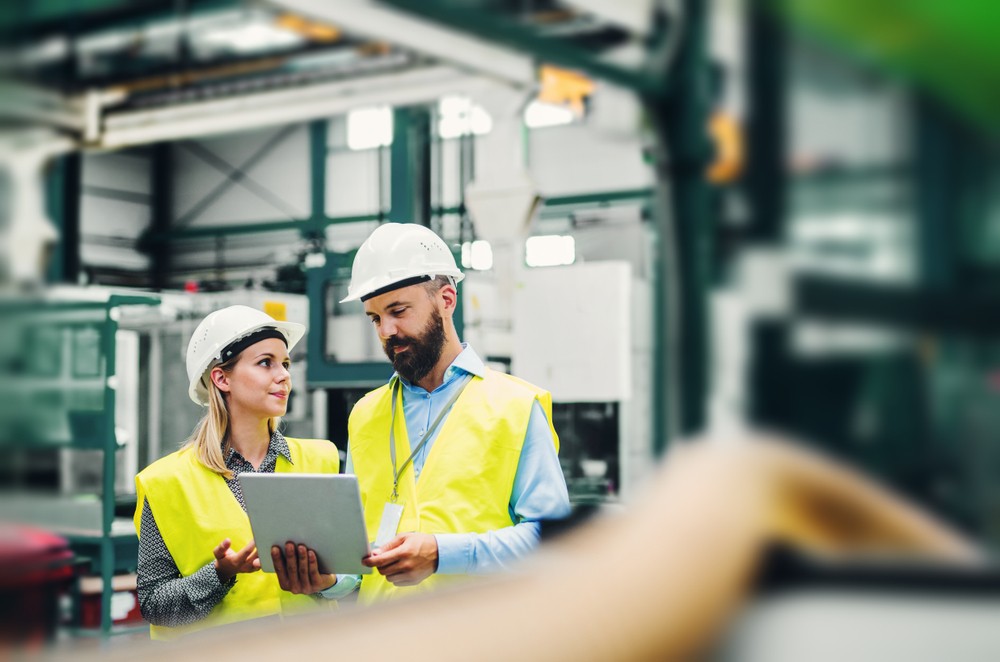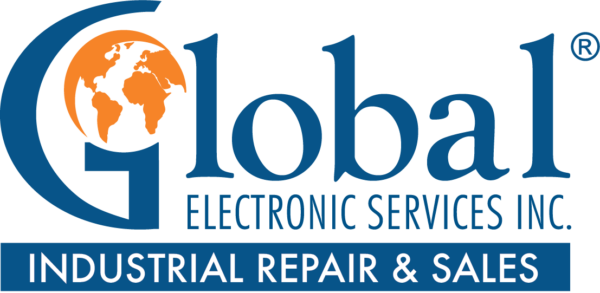The 5 Biggest Challenges Facing Manufacturing in 2023 (and Beyond)

The manufacturing industry is always evolving, and businesses need to constantly prepare for the challenges ahead. In looking at 2023 and beyond, manufacturers must anticipate the most significant obstacles that may arise to overcome them.
Here are the top five challenges manufacturers are expected to face this year (and decade) with actionable strategies to help navigate them.
1. Supply chain disruptions
Global supply chains have always been complex, but the recent pandemic has further highlighted their fragility. While manufacturers have long depended on stable supply chains, the outbreak of the pandemic in 2020 caused massive disruptions resulting in production shutdowns and supply shortages.
There are strategies manufacturers can implement to mitigate the risk of future supply chain disruptions. Companies must diversify their suppliers and sourcing regions, adopt emerging technologies like artificial intelligence (AI) and blockchain, and prioritize efforts to nearshore and reshore the most critical aspects of their supply chains.
2. Skilled labor shortages
The manufacturing industry is facing a massive labor shortage, with an aging workforce and a lack of interest in manufacturing jobs among younger generations. As the Silver Tsunami begins to crash down, now is the time to prioritize acquisition and retention.
Manufacturers should invest in workforce training and education; promote science, technology, engineering, and mathematics (STEM) education and vocational programs; and encourage diversity and inclusion in the manufacturing workforce. It’s also prudent to develop partnerships with technical colleges, trade schools, and mentorship programs.

3. Cybersecurity vulnerabilities
As manufacturers become increasingly reliant on automation and digital technologies, they must manage growing cybersecurity threats. The industry is ripe for cyberattacks due to outdated legacy systems, insider threats, and third-party vendor risks.
To mitigate these threats, manufacturers must implement robust cybersecurity protocols, conduct regular assessments, and collaborate with industry and government bodies. With cyberattacks increasing exponentially by the year, a proactive approach to cybersecurity will be critical.
4. Sustainable practices
The manufacturing industry has come under increased scrutiny over its contributions to climate change, resource depletion, and waste generation. As such, manufacturers are under pressure to adopt sustainable manufacturing practices. These practices encompass three primary areas: reducing resource consumption, decreasing waste production, and augmenting production methods.
Technologies such as automation and AI can help drive resource efficiency and minimize waste. Manufacturers can also implement circular economy principles, which emphasize reuse and recycling, and invest in renewable energy to reduce their dependence on nonrenewable sources.

5. Adoption of Industry 4.0 technologies
The rise of Industry 4.0 is ushering in a new era of manufacturing and transforming the way businesses operate. Industry 4.0 technologies, such as artificial intelligence, robotics, and the internet of things, can improve efficiency, productivity, and quality in manufacturing.
To minimize risk and gain experience with these new technologies, manufacturers can pilot projects and adopt incremental approaches. Collaborating with technology providers and research institutions can also provide valuable insights and support.
Evolution waits for no one
The manufacturing industry is rapidly evolving, and manufacturers must be prepared for the challenges ahead. From supply chain disruptions and skilled labor shortages to cybersecurity vulnerabilities and sustainable practices, companies must be proactive and take action to address these issues. By investing in technology, training, and strategic partnerships, manufacturers can navigate these obstacles and continue to thrive in the global market.
